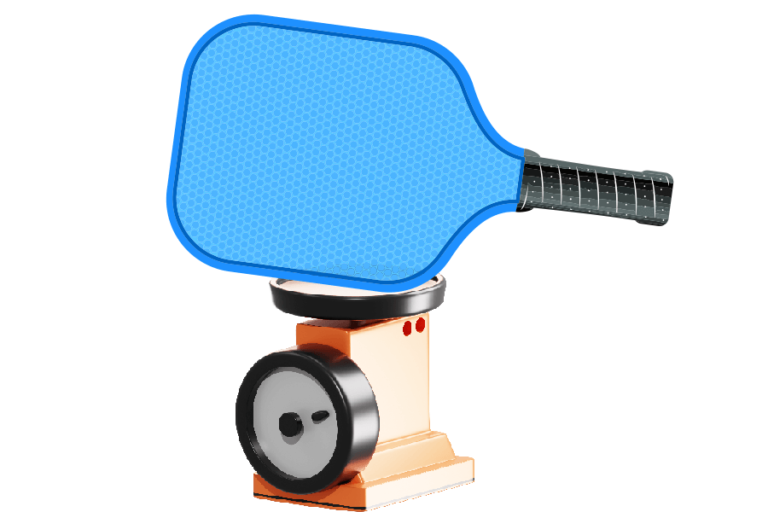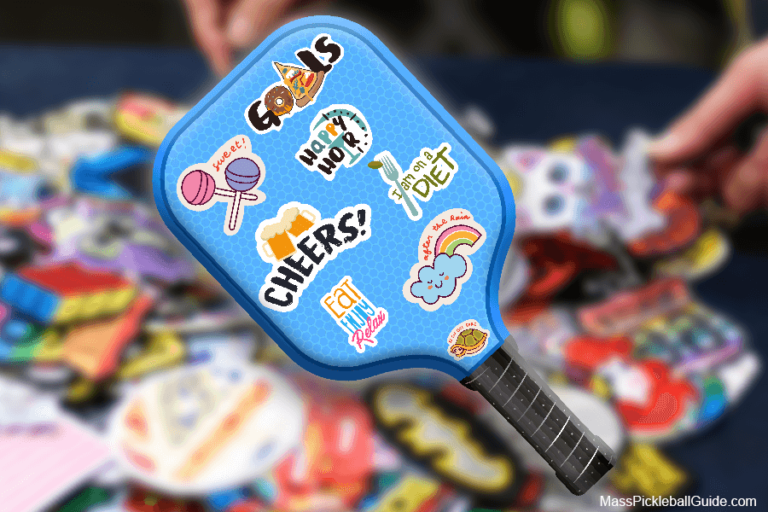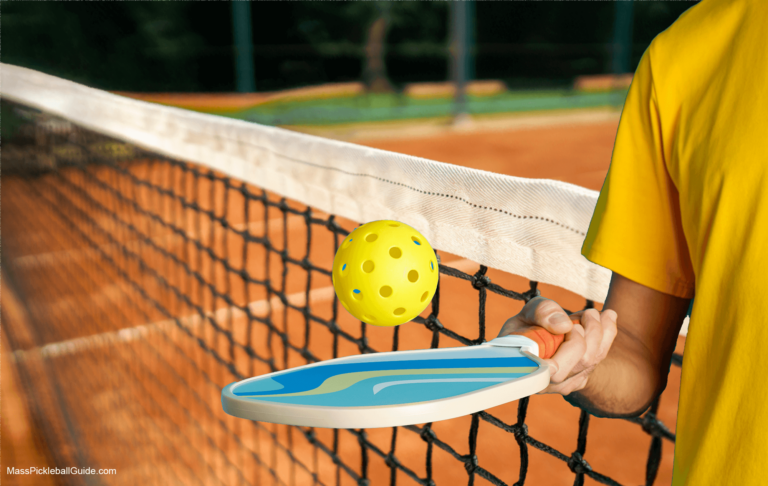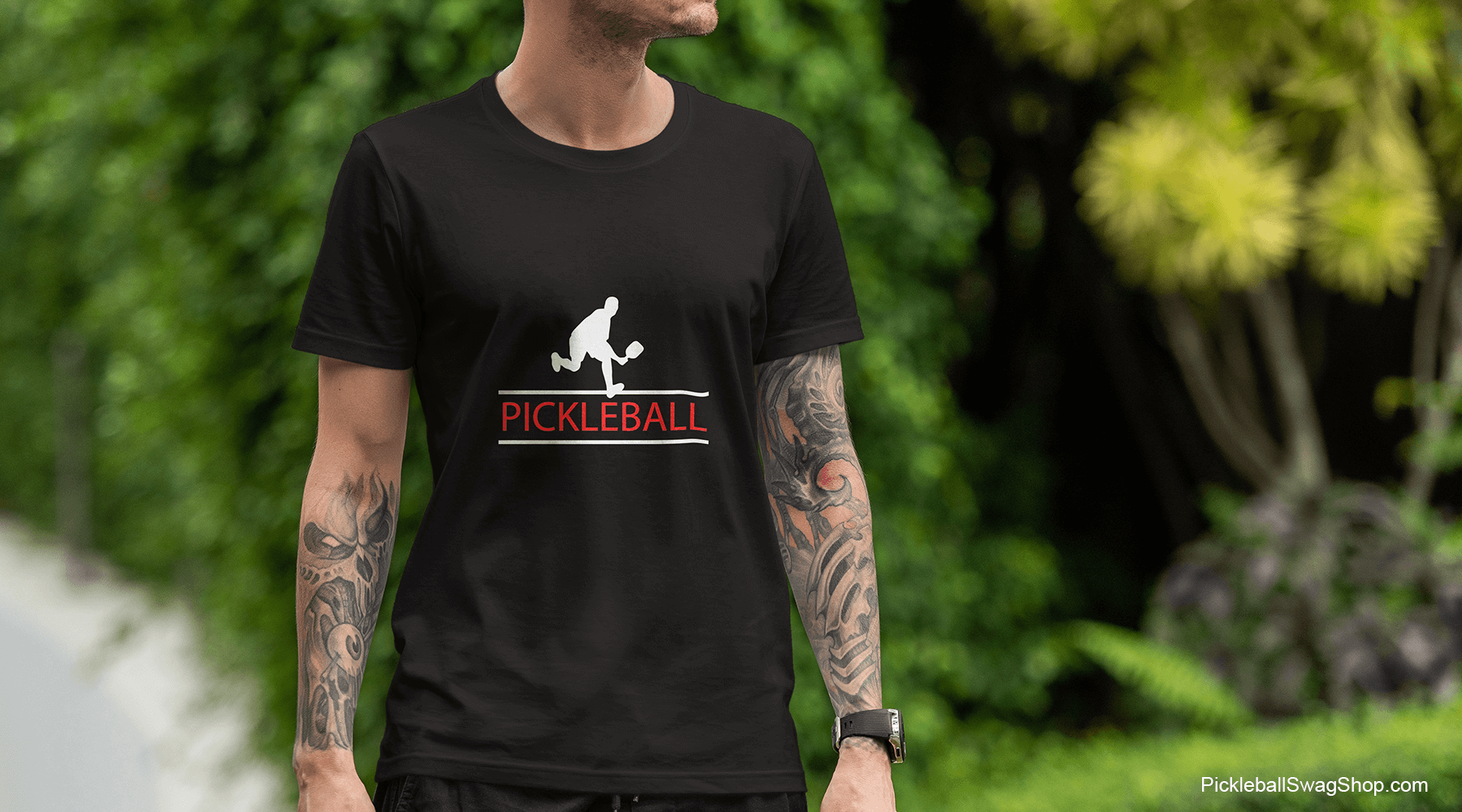Pickleball Paddle Evolution: From Wood to Advanced Composites
way back when
As pickleball’s popularity surges, so does the innovation behind its essential gear. Journey with us from the sport’s simple wooden paddles to today’s advanced composite marvels, uncovering the technological strides that have transformed the game.
The Early Days: Wood and Simplicity
In the initial stages of pickleball, paddles were primarily crafted from plywood, offering players a basic, functional tool to enjoy the game.
Fun Fact: The sport’s name, “Pickleball,” is said to have been derived from the family dog, Pickles, who would chase after the ball. Whether true or not, the paddle’s evolution surely has outpaced its whimsical origins.
The wooden paddles, though effective for their time, were:
- Heavy
- Lacking in durability
- Limited in design capabilities
Many players often sought alternatives, leading to the first major evolution in paddle materials and design.
The Material Revolution: Introduction of Composites
As the demand for more advanced paddles grew, manufacturers began exploring new materials. Composites, a combination of two or more materials, brought a revolution to the paddle scene. They promised:
- Lighter weight
- Enhanced durability
- Better ball control
A deep dive into the cores of pickleball paddles highlights how these composite materials changed the game. With the introduction of different core materials, like polymer, aluminum, and Nomex, players had more choices and could select paddles based on their playstyle. For instance, while some players preferred the soft touch and control offered by polymer cores, others leaned towards the power generated by Nomex cores.
Manufacturers also started considering gender-specific designs. Contrary to popular belief, there isn’t a one-size-fits-all paddle. The differences in paddles designed for men and women can be subtle yet impactful, catering to unique strengths and playstyles.
| Feature | Men’s Paddles | Women’s Paddles |
|---|---|---|
| Weight | Heavier | Lighter |
| Grip Size | Larger | Smaller |
| Design | Bold colors | Softer shades |
Catering to Newcomers: Designing the Ideal Beginner Paddle
Navigating the pickleball world as a beginner can be daunting, especially with the myriad of paddle choices available. Recognizing this challenge, manufacturers started designing paddles tailored to novice players.
Key Characteristics of Beginner Paddles:
- Forgiving Surface: New players can benefit from a larger paddle face, offering a more significant sweet spot. This makes it easier for them to hit the ball effectively and consistently.
- Balanced Weight: Beginner paddles are crafted to strike a balance between power and control. They’re not too heavy to cause arm fatigue, nor too light that they lack sufficient power. This balance helps newcomers learn the ropes without feeling overwhelmed.
- Comfortable Grip: A comfortable grip is essential for beginners to prevent blisters and reduce the risk of wrist and forearm injuries. Beginner paddles often feature cushioned grips that mold to the hand, offering both comfort and better racket control.
- Shock Absorption: Paddles designed for beginners often incorporate materials or technologies that reduce vibration upon ball impact. This can be beneficial in preventing arm strain and offering a smoother playing experience.
- Affordability: Recognizing that beginners might not want to invest heavily right away, many beginner paddles are priced more affordably than professional-grade options. This allows new players to try out the sport without a significant financial commitment.
- Durable Design: Understanding that beginners might be a bit rough or unfamiliar with paddle care, these paddles are often designed with durability in mind. This ensures that even if they’re dropped or mishandled occasionally, they’ll stand the test of time.
Choosing the right paddle as a beginner is pivotal. A paddle that complements a novice’s evolving skills can boost confidence, ensuring they remain engaged and enthusiastic about the sport.
The Test of Time: How Long Do Pickleball Paddles Last?
Just as in any sport, wear and tear on equipment is inevitable. However, with the continuous evolution in materials and manufacturing processes, the lifespan of pickleball paddles has impressively extended over the years.

Factors influencing paddle lifespan:
- Material: As discussed earlier, composite paddles, especially those with polymer cores, tend to have a longer lifespan than their wooden counterparts.
- Usage: A casual player’s paddle will naturally last longer than that of a professional who’s on the court daily.
- Maintenance: Proper care, such as storing the paddle in a protective case and avoiding extreme temperatures, can significantly extend its life.
Curious about how long your paddle might last? This comprehensive guide on pickleball paddle lifespan sheds light on the factors at play and offers tips to maximize your paddle’s longevity.
Drawing from scientific studies from professional associations, it’s evident that advancements in paddle technology not only promise better performance but also longevity, ensuring players get the most out of their equipment.







